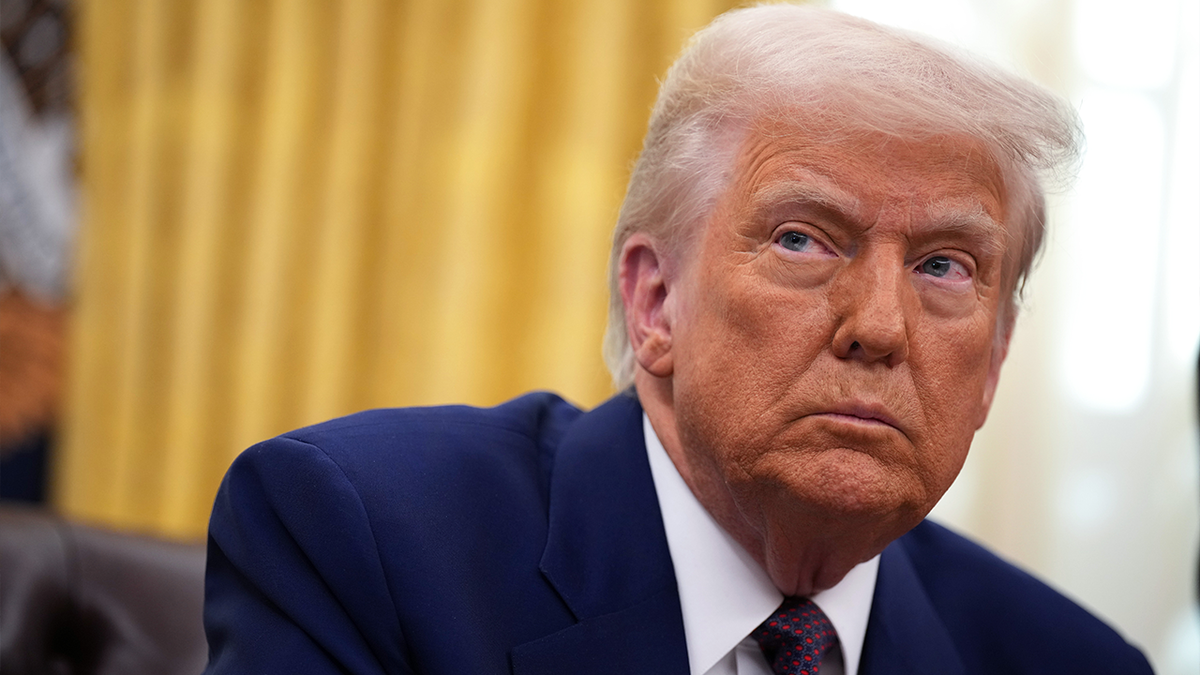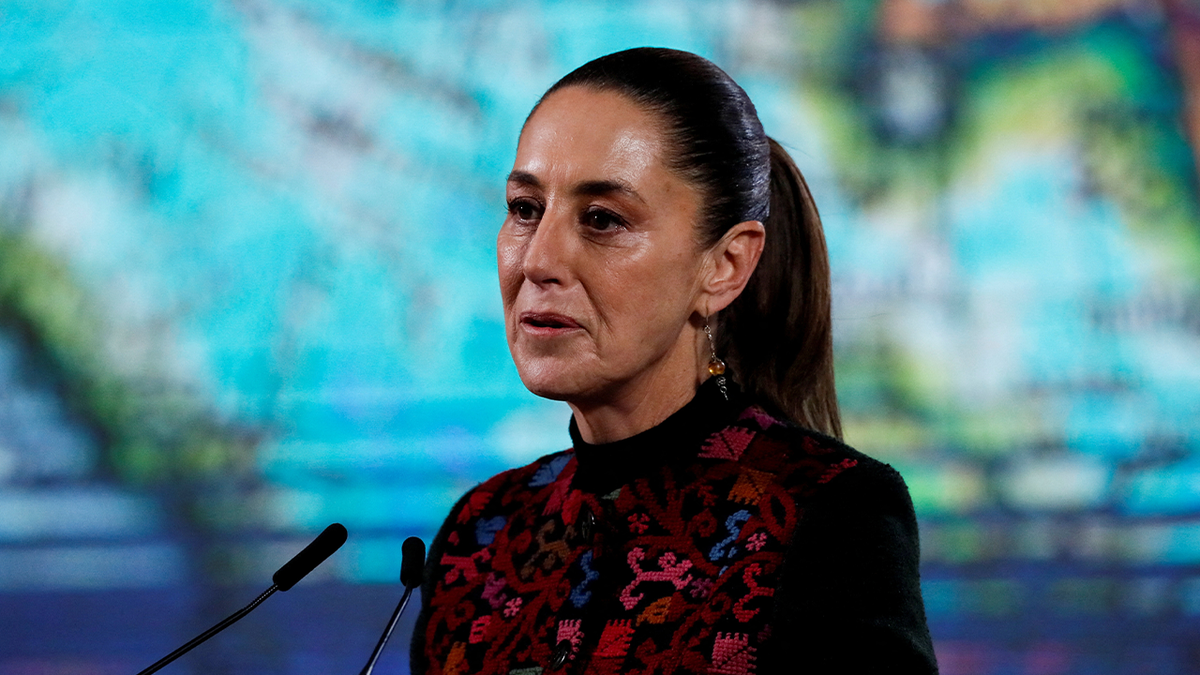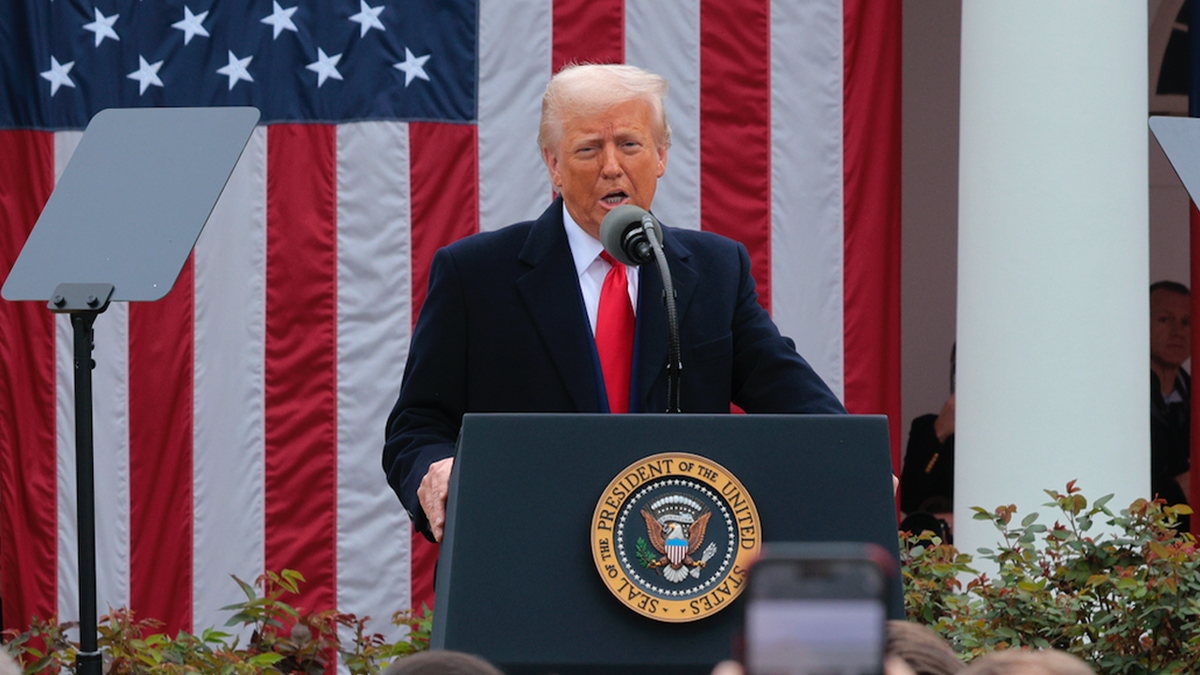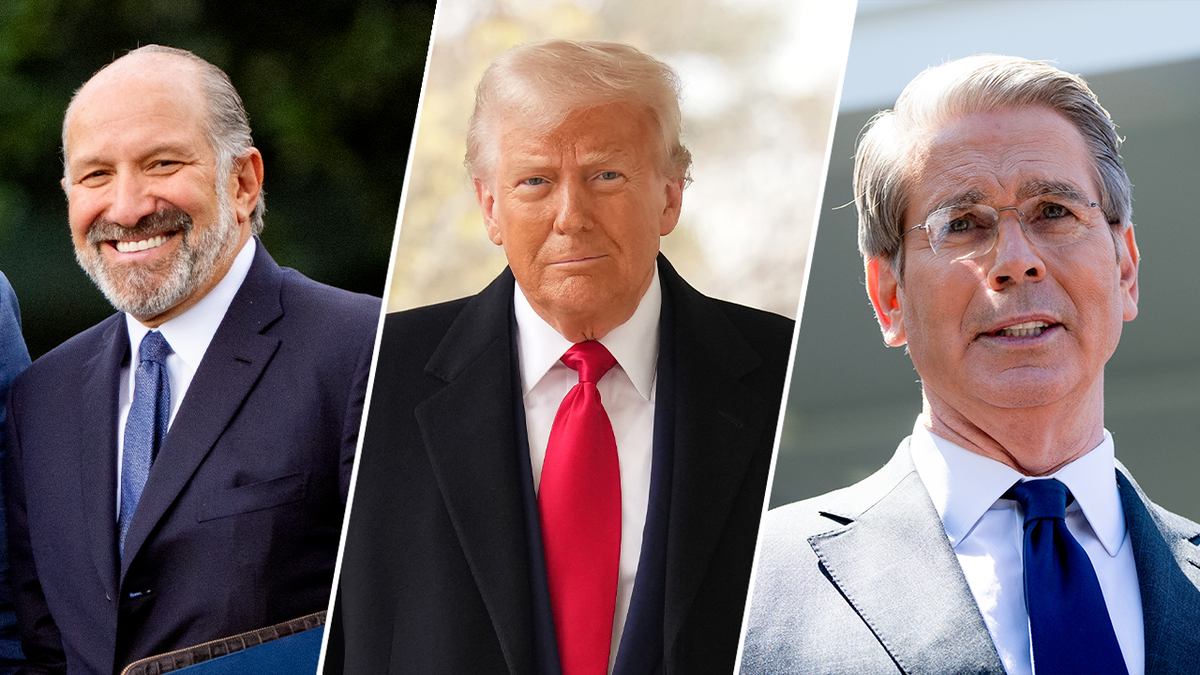President Donald Trump has defended tariffs as an economic tool that will bring equality to the country's chronic trade deficit, boosting US employment and the economy. But many of Trump's customs definitions have either returned or been suspended after they came into effect.
“I will soon begin an overhaul of the trade system to protect American workers and families. Instead of taxing citizens on other countries, we declared tariffs and tax countries on January 20th to enrich our citizens, raising the onslaught of tariff policies that will take effect in the coming weeks and months.
Tariffs are taxes levied on imports and services that have historically contributed to the nation's federal tax revenue. However, developed countries have since moved away from relying on tariffs as the main source of federal funds, and have moved to other forms of taxation, such as income, pay and sales tax.
On Tuesday marked the 100th day since Trump returned to his oval office, Trump celebrated his return to the White House by signing enforcement actions to ease tariffs targeting automakers heading to Michigan, historically the heart of the American auto industry.
President Donald Trump's first 100 days: Companies investing more than $1 billion in the US
President Donald Trump has defended tariffs as an economic tool that will bring equality to the country's chronic trade deficit, boosting US employment and the economy. (Brendan Smialowski/AFP via Getty Images)
Future auto plans will maintain a 25% tariff on imported cars and a 25% tariff on imported car parts, but according to the administration, it will provide offset credits to US manufacturers for two years to strengthen the supply chain of US auto parts and encourage US manufacturing.
The plan also does not stack tariffs on both automobile and steel in the automotive industry. Only higher tariffs apply to car manufacturers, not total tariffs.
The announcement is the latest to walk behind and suspend or ease tariffs as he even sees the US trade field, encouraging US manufacturing and job creation. The industry that manufactures products in US soil is not facing tariffs.
Speaking to Fox News Digital, White House officials explained that while tariff changes over the past few months may appear to be generally confused, each one being flexible and emerged from efforts to bring manufacturing and employment to the United States while ending the country's chronic trade deficit. Officials noted that as tariffs have come into effect, leaders from many countries and industry have made good efforts to negotiate terms in favor of the US and are making changes to tariffs.
Amazon denies tariff pricing plans that the White House calls “hostile and political”
Trump's tariff policy was overwhelmingly focused on China, Mexico and Canada at the start of the second administration, as it aimed at cracking down on illegal immigration. It was also an attempt to stop the flow of the deadly synthetic opioid fentanyl, which is overwhelmingly derived across the Chinese-South border.
Citing the threat of illegal aliens and the flow of fentanyl in the United States, Trump declared a national emergency under the International Emergency Economic Force Act in February, imposing a 25% tariff on imports from Canada and Mexico and an additional 10% tariff on imports from China.
The tariffs sparked rapid rage from three countries, and Trump suspending tariffs in Canada and Mexico after the state agreed to concessions, including sending additional security personnel to their respective borders with the United States.

Immigrants will walk along caravan roads in November 2023 to try to reach the US border in Tapachula, Mexico. (Jose Torres/Reuters)
Meanwhile, China has imposed tariffs on some US imports in response to Trump's tariffs. China's Treasury Ministry said on February 4th, shortly after tariffs began, there would be a 15% tariff on coal and liquefied natural gas, and 10% tariffs on crude oil, agricultural equipment and large engine vehicles imported from the US.
The grocery giant warns suppliers that supermarkets won't accept tariff-related price increases
Speaking to Fox Digital, executives pointed to changes in tariffs in Mexico and Canada as part of negotiations to secure borders after Trump declared a national emergency under the International Emergency Economic Force Act.
Tariffs in Mexico and Canada came into effect on March 4 after the suspension, but tariffs on China increased to 20%. A day later, after speaking with automotive industry officials at Ford, General Motors and Stellantis, Trump returned tariffs if the automotive industry had affected, and granted a month's exemption from both countries “on automobiles” tariffs that remain in the 2020 US-Mexico-Canada agreement.
These rules were established under the first Trump administration, White House press chief Karoline Leavitt said at a press conference at the time.

President Donald Trump (Andrew Harnik/Getty Images)
On March 6, Trump again roamed 25% tariffs on many imports from Canada and Mexico, celebrating Mexican President Claudia Sinbaum for securing the US-Mexico border. He postponed the tariffs for 30 days and touted that his highly anticipated mutual tariff plan will take effect in the coming weeks.
Donald Trump should be praised for the signal he might cool down the tariff fight, Editorial of the Washington Post
“I respected this as an accommodation and with respect to President Sinbaum,” Trump said in the March 6 tariff suspension truth society. “Our relationship is very good and we work hard together at the border.”

Mexican President Claudia Sinbaum will speak at a press conference at the National Palace in Mexico City, Mexico on January 8, 2025. (Henry Romero/Reuters)
While announcing and imposing tariffs on countries such as Mexico and Canada, Trump previewed the mutual tariff plans that will take effect on April 2nd.
“In trade, I have decided to charge mutual tariffs for the purposes of fairness. That is, the countries that charge the United States of America charge more than that. “In other words, they charge us taxes or tariffs and charge us the exact same taxes or tariffs. It's very simple.”
Trump announced his highly anticipated mutual tariff plan on April 2 as part of his “liberation day” announcement. Trump has published custom tariffs customized in countries that have listed decades of foreign countries setting trade barriers on US goods and said they are levied with a 10% baseline tariff on all countries.
“For countries that treat us badly, we calculate the total speed of all tariffs, non-financial barriers and other fraudulent activities,” he said. “And we've been so kind that we've been charging us about half of what they're what, and we've been charging us. So the tariffs aren't entirely reciprocal. I could have done that. Yes, but that would be difficult for many countries.”
Trump says income tax cuts due to tariffs, and perhaps eliminated
For example, the EU was hit with 20% tariffs on mutual tariff plans compared to US 39% tariffs, while Japan saw 24% tariffs compared to 46% where the US charges additional fees.

President Donald Trump speaks at the “Wealthy American” trade announcement event held at the White House Rose Garden on April 2, 2025 (Andrew Harnik/Getty Images)
On the same day, as mutual tariffs were about to come into effect on April 9th, Trump announced a 90-day suspension of customized liability taxes imposed on dozens of countries. The suspension did not include a 10% baseline tariff for all countries.
“We have to be flexible,” Trump told the media when asked about his credibility after suspending tariffs. “I could say there is a wall. … Sometimes you have to walk around the wall. Financial markets change. See how much they have changed. I think the words are “flexible.” You have to be flexible. ”

Secretary of Commerce Secretary Howard Lutnick, President Donald Trump, and Treasury Department Scott Bescent (Getty Images)
White House officials told Fox News Digital at the time that they contacted the White House, where dozens of countries were trying to make good-intentional deals, and that the administration was focusing on renegotiating a more favorable deal in the United States.
Treasury Secretary Scott Bescent recently noted that at least trade negotiations between South Korea and India are in the final stages.
Other tariffs, such as a 25% tax on all steel and aluminum imports or a 10% baseline tariff on foreign countries, remain in effect without change.
Trump touts that increased revenue from tariffs will allow US citizens to see the possibility of eliminating lower taxes and income taxes.
Click here to get the Fox News app
“If tariffs are reduced, it could significantly reduce income taxes for many people, and perhaps completely eliminate them.
“Also, a huge number of jobs have already been created as new plants and factories are currently being constructed or planned. It will be a US jackpot!!! External revenue services are being carried out!!!”
Eric Revell from Fox News Digital contributed to this report.


